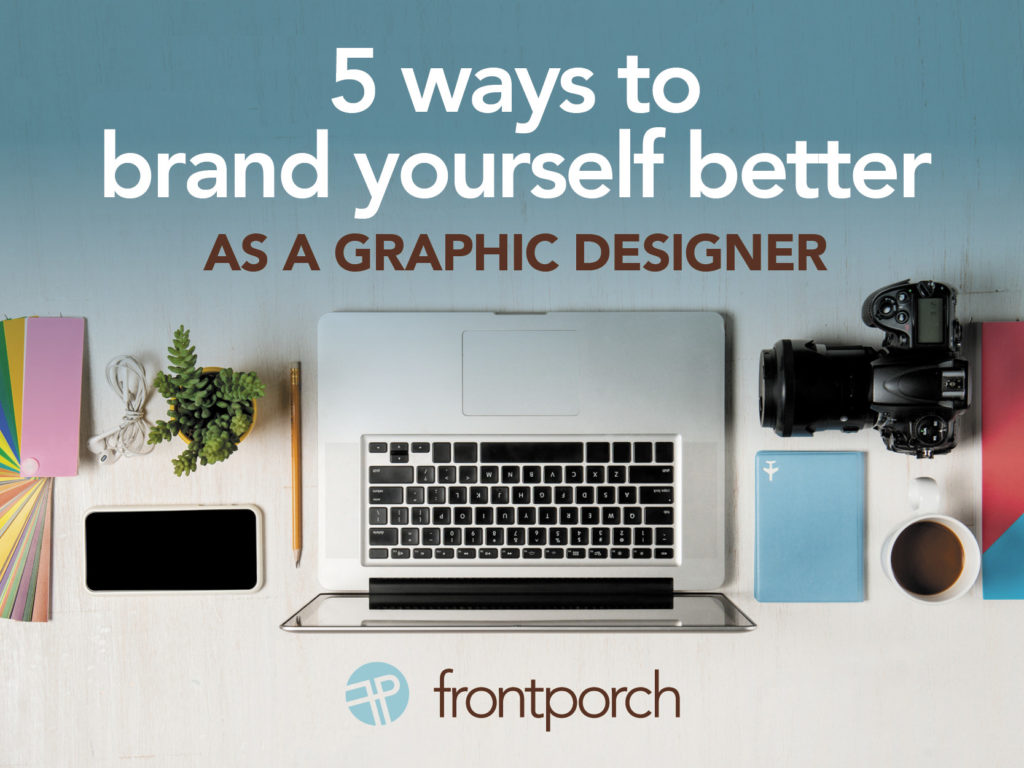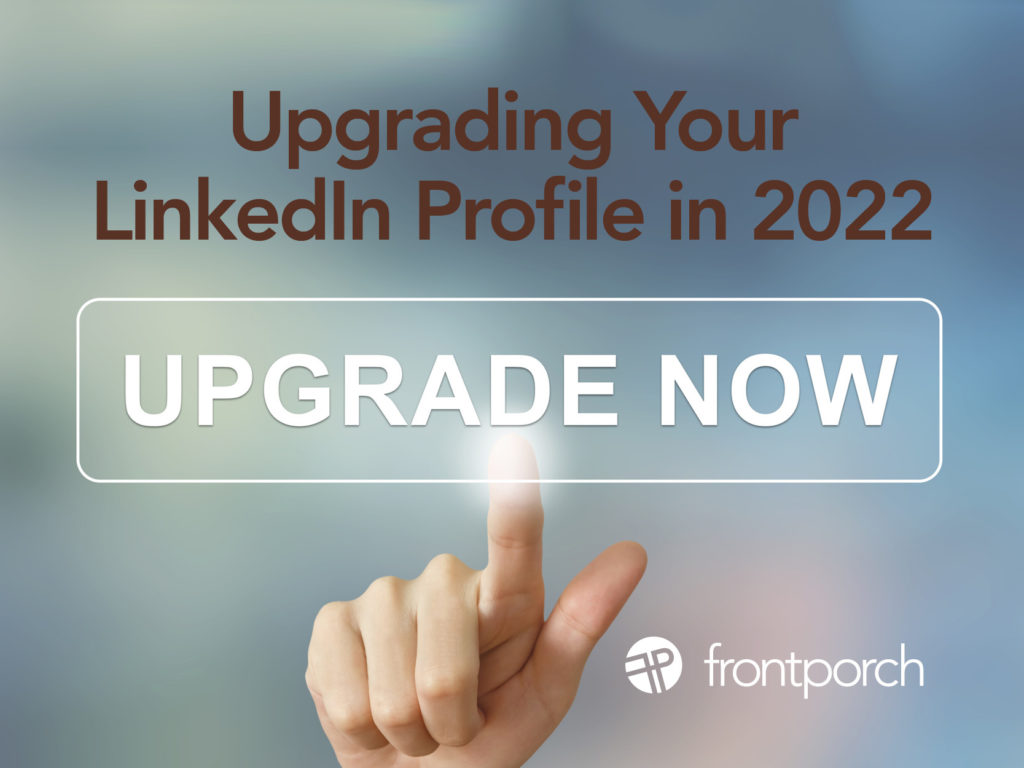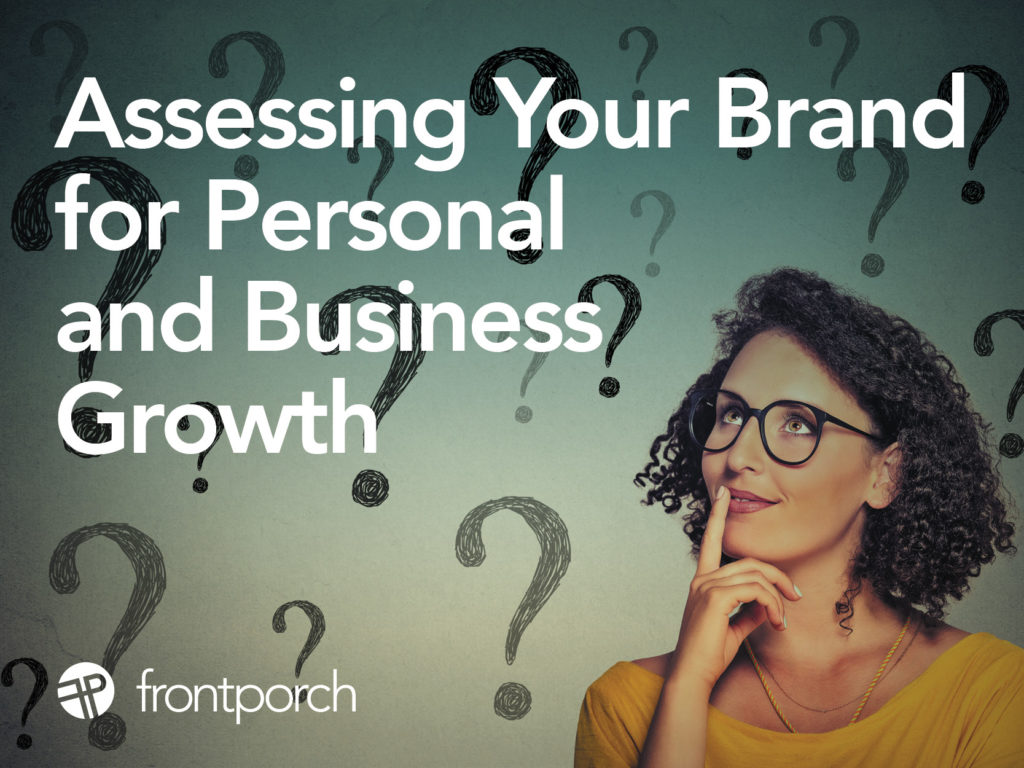
Focus on your impression as a graphic designer
As a graphic designer, you are always focused on making brands for someone else. Listening to clients describe the vision and personality of their company, you then make a cohesive new brand that fits what the client described. It’s the same routine every graphic designer has experienced day in and day out.
But why do people say it is important to create a personal brand? Even though you are focused on creating and designing brands for someone else, you have to step back and focus on who is selling that work: you are. Your personal brand can demonstrate your strategic thinking and creativity to potential new clients. So what is your personal brand currently saying about you? Maybe its time to take it to the next level.
Break the process for yourself down into simple steps
Here are 5 ways to help you brand yourself better as a graphic designer, and benefit by standing out from the crowd this year.
1. Define who you are
One of the hardest things about creating your personal brand is defining who you are. But if you ask yourself some questions it could help you define it and put it into words.
Out of all of your work, which is your favorite design that you have done?
As a graphic designer, what motivates you?
Where do you excel?
What do you want your clients to feel when they first discover you as a graphic designer?
How do you present yourself every day?
2. Establish your audience
Who do you want your future clients to be? Try to build a personal brand that reflects the audience you want to work with. Look up fellow designers and see how they handle this themselves and market to their target audience (clients, agencies, etc).
3. Study brands you like
Just like you would research a company for a new project, take a look at other designers and creative agencies that you like. See what they are doing regarding their brand and take notes on how to enhance your own brand.
4. Image is everything
Start creating social media updates that reflect your enhanced brand. Make a website where you can showcase all of your past designs in a personal branded format using such platforms as Behance and Dribble. Be judicious when you choose work to show off. You’ll want to highlight work that most reflects the work you want to do in the future.
5. Interaction on social media
Posting regularly about clients’ work or your personal work will give you a presence on social media. This way you can keep up with the audience’s reaction and trends in the design world. Keeping up to date with coworkers or potential clients gets your name out there. Building those connections can help you get future work opportunities.
Your new better brand will get you further
Once you brand yourself more effectively, you will have created a strong impression and help future clients know who you are. It can persuade their decision to work with you. Branding yourself as effectively as you brand your clients is a way to help plus-up your career and focus not only on the work you do now, but the work you want to do in the future.




